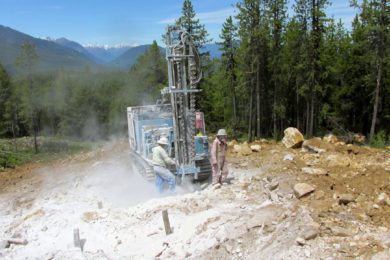MGX Minerals Inc announces that as a result of the recently announced positive Preliminary Economic Assessment (PEA) for the production of 161,000 net tonnes per year of magnesium oxide (MgO) at its Driftwood Creek Magnesium Project, the company has engaged engineering firm Hatch Ltd to complete a scoping study for the purpose of selecting appropriate process and associated economics for the upgrading of magnesium oxide to magnesium metal. The Hatch study will evaluate process routes, and order of magnitude capital and operating cost estimates for an initial 10,000 t/y magnesium plant as well as address various environmental and engineering topics.
The scoping study may further enhance the already positive economics of Driftwood Creek with the addition of Mg Metal to proposed MgO production as well as provide diversification into advanced materials. The current price of magnesium metal (99.5% ingot) is approximately $2,250 per tonne versus MgO (DBM 95%) at approximately $600 per tonne. Contained Mg in MgO is 60.3%, making the process and associated recovery as well as energy use a key focus of the study. Additionally, long-standing anti-dumping and strategic metal designation has significantly increased the domestic price of Mg in the United States compared with global markets. A single sole producer of magnesium metal in the US has operated for many years. Of note is the fact that Canada is no longer subject to these US tariffs against foreign magnesium metal imports. Additionally, Driftwood is located in an area of low cost power in southwest British Columbia and proximate by direct rail to even lower cost power in eastern Washington State.
Magnesium metal is considered an advanced material. Magnesium is 33% lighter than aluminum, 60% lighter than titanium and 75% lighter than steel while offering comparable strength ratios. Automobile and aerospace manufacturers are increasingly shifting towards magnesium-alloys to reduce vehicle and aircraft weights and meet growing fuel-efficiency demands, while recent advances in magnesium battery technology represent strong potential for future additional non-structural applications.










